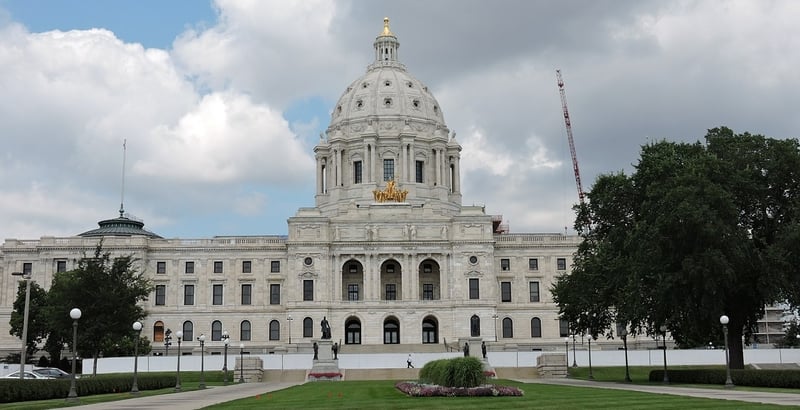
In Minnesota, the state’s leading utility is pushing legislation that would create performance-based rates. This would adjust the utility’s revenue model to align with the state’s energy policy objectives, protecting the utility’s business interests while giving customers the benefits of a more efficient, cleaner, and more distributed electricity system utilizing advanced energy. The proposal puts Xcel out ahead of regulatory reform efforts in Minnesota – some say too far ahead.
The legislation proposed by Xcel (HF 1315 – PowerSuite users can follow it here) would extend the time for a multi-year rate case from three years to five and replace an annual rate case, giving the utility more regulatory certainty. Besides getting a longer period between rate cases, the utility would also receive forward recovery of projected costs, reducing the current lag in rate recovery.
Performance becomes a factor this way: The utility would be allowed to submit a multi-year rate plan that bases a portion of its earnings on achieving specific objectives, increases the operational efficiency of the utility, and removes the disincentive for the utility to invest in efficiency. The performance-based criteria must enhance either system or customer value, specify the investments the utility will make to achieve the performance metrics, and propose customer tariffs for a range of products and services including renewable products, energy efficiency and financing options.
However, many are skeptical of the Xcel bill, not because of the core of the proposal, but because of a number of details in the proposed legislation.
One provision seems designed to let the utility profit from rising costs on nuclear projects. The Minnesota Public Utility Commission recently rejected Xcel’s request for full cost recovery from expanding nuclear capacity after costs of the project ballooned from $415 million to $748 million. The commission allowed the utility to recover the costs, but not earn a rate of return on the additional cost. The Xcel legislation specifically speaks to returns on nuclear investments, even when they go over budget:
A utility may include in its performance-based multiyear rate plan a request for an annual adjustment mechanism for costs of investments, expenses, and amortization in nuclear generation beyond the levels established in a utility's most recent rate case, including a rate of return, income taxes on the rate of return, and incremental property taxes, if any, plus incremental depreciation expenses associated with a utility's nuclear assets, provided that costs recovered through the nuclear cost adjustment mechanism remain subject to an annual review process that ensures costs recovered through the mechanism were prudently incurred.
In addition, to gain political support from the mining industry and the state chamber of commerce, the state’s large energy users, referred to as “energy intensive trade-exposed customers,” are given an opportunity to reduce any rate impacts by having the utility propose special, unique rates for them. So, while the benefits of a more efficient and cleaner system would accrue to all customers, there is concern that this provision may unfairly shift costs from the largest energy users to the rest of the rate base.
Finally, many just think the legislation is putting the cart before the horse. The state has just completed Phase One of a three-phase process of planning around the utility business model called e21, in which Xcel has been a participant. Phase One sets high-level objectives, with Phase Two starting to dig into the details. Phase Two is set to begin this spring.
Xcel argues that they can still abide by the e21 process, but with the legislation, procedures will be in place so they can move forward with the e21 recommendations when they file their rate case in the fall.
In the Senate, an omnibus energy bill, SF 1431, (PowerSuite users can follow it here) takes a different approach. The Senate bill includes a wide range of provisions ranging from expansion of the renewable portfolio standard to 40% to an increase in the state’s energy efficiency standard. It also directs the commission to open a docket on performance-based rates – leaving the details for the commission to determine through its proceedings.
Allen Gleckner of Fresh Energy in Minnesota expresses cautious optimism: “We’re excited about the opportunities that can come from new business models and rate structures, like Performance Based Rates, but advocates aren’t ready to give away the farm for this legislation.”
Xcel’s proposed legislation would provide revenue predictability, which is a core part of any utility business model reform. But advocates want to ensure that, in return, that predictability will tie utility revenue to achieving critical objectives, such as a more efficient, cleaner, and distributed energy system, and allocate the costs of achieving those objectives fairly.
Track energy legislation in all 50 states with our user-friendly BillBoard, part of PowerSuite from AEE. Sign up for a free 14-day trial below!
